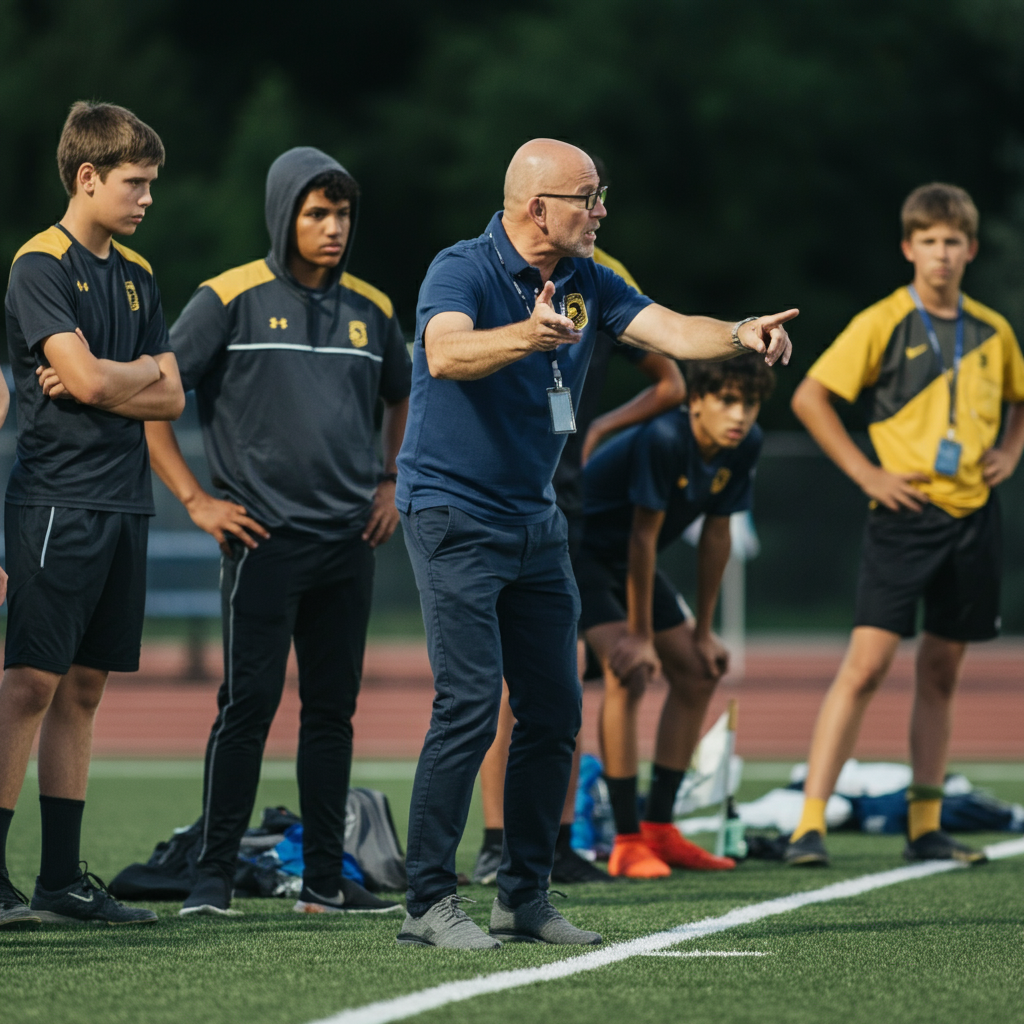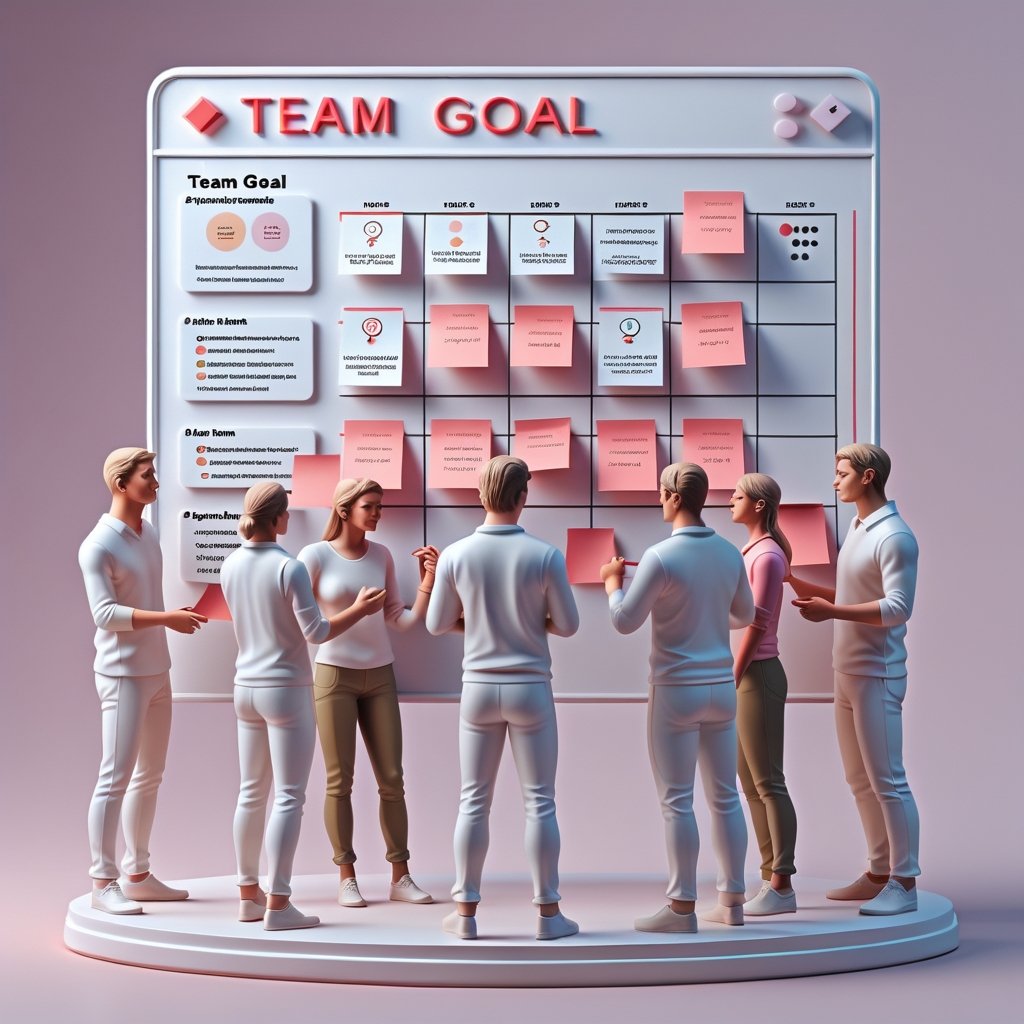
The Clock is Ticking: How to Reskill and Future-Proof Your Career by 2030
More than 20 traditional jobs are expected to vanish by 2030—bank tellers, data entry clerks, travel agents, and even graphic designers. But this isn’t the end. It’s your invitation to evolve. If you’re ready to reskill into a role built for the future—think Scrum Master, Product Owner, Agile leader—we’ll show you how to get there.

TeamOS Framework Guide
Most teams don’t fail because they lack skill. They fail because the environment they operate in was never designed for high performance. The TeamOS framework changes that.
In this post, you’ll learn how TeamOS helps organizations deliver high-value, meaningful, and sustainable products without burning out developers—and how its five systems and five stages work together to turn chaos into confidence, and good teams into great ones.

Refinement in Agile: What Great Scrum Teams Do Differently
Refinement in Scrum isn’t about perfect stories—it’s about creating shared understanding and reducing ambiguity before commitment. This post explores how great Scrum Teams approach backlog refinement to improve flow, clarity, and Sprint success—without pretending they can know everything up front.

The Real Meaning of “Scrum Master Accountability”
Scrum Master accountability isn’t about enforcing rules or managing tasks. It’s about establishing Scrum as intended and enabling the Scrum Team to become more effective. Learn how to fulfill this high-impact role without stepping into project management traps.

Blockers vs Impediments: What Scrum Masters Need to Know
In Agile, not all obstacles are created equal. A blocker stops work cold. An impediment slows momentum. Knowing the difference—and acting fast—is a key skill for every Scrum Master. This post explains how to spot both and keep your team moving forward.

Why Agile Teams Miss Deadlines (And How to Fix It)
Agile isn’t broken—but your delivery system might be.
If your team keeps missing deadlines, struggling with carryover work, or battling dependencies, the issue isn’t commitment—it’s clarity, focus, and flow. This post breaks down the real reasons Agile teams fall short—and how to fix them without burning out your people.

The Best Scrum Teams Move Like a Dance Crew
Great Scrum teams don’t just work together—they move together. Like a dance crew, they anticipate, adapt, and sync in real time. Agility isn’t just speed—it’s rhythm. 🚀

Stop Rewarding Individual Performance—Here’s Why It’s Killing Your Agile Team
Agile isn’t a solo sport—so why are we still measuring individual performance? High-performing teams win together. Shift from personal metrics to team success. 🚀

Scrum Isn’t Broken—Your Culture Is
Scrum isn’t failing your company—your company is failing Scrum. Agility isn’t about frameworks, it’s about culture. Fix the system, and Scrum will finally work for you. 🚀

Your Team Is NOT Self-Managing (Is it Your Fault?)
Scrum calls for self-managing teams—but most aren’t. Why? Because leadership doesn’t actually let them. Stop controlling, start enabling, and watch your teams thrive.

The Myth of High-Performing Teams: Why Everything You Think About Team Success Is Wrong
High-performing teams aren’t built on talent alone. Psychological safety, shared purpose, and trust matter more than résumés. Stop chasing A-players—start building real teams.

Escalating and Removing Impediments: The Scrum Master’s Guide to Keeping Teams Moving
In Agile, Scrum Masters identify and remove impediments for effective Scrum. They collaborate with teams and stakeholders to address obstacles, demonstrating servant leadership and promoting continuous improvement. Prioritizing impediment resolution boosts team efficiency and transforms challenges into opportunities for innovation, advancing each sprint toward excellence.

Engaging Stakeholders During the Sprint
Connecting Scrum teams and stakeholders drives value and alignment. Transparent communication fosters collaboration and trust. Hold Sprint Reviews and retrospectives for open feedback. Encourage active stakeholder engagement to influence product direction. Success isn't just about deliverables—it's about strong partnerships that fuel innovation.

How to Run Actionable Retrospectives That Drive Real Improvement
This article outlines strategies for Scrum Masters to enhance retrospectives, turning them from routine meetings into key drivers of team growth. Using focused questioning, data insights, and promoting psychological safety, Scrum Masters can help teams address challenges, celebrate successes, and create actionable plans. It stresses the importance of diverse formats and team inclusion, offering practical tools to make retrospectives vital for Agile success.

Clarifying Accountability in Scrum: How a Scrum Master Helps the Team Find Their Place
This article highlights the crucial work of Scrum Masters in clarifying team expectations. Effective Scrum Masters promote transparency and communication, aligning team goals with individual contributions. Key strategies include regular retrospectives and discussing team norms. It emphasizes active listening and coaching skills, enabling Scrum Masters to guide team members in expressing their needs. By using these strategies, Scrum Masters boost collaboration, accountability, and performance.

The Coaching Superpower: Harnessing Emotional Intelligence in the Heat of the Moment
Between stimulus and response lies a choice. That unread email, the sharp remark, the traffic cut-off—each triggers emotions, but you control the reaction. Take a breath, pause, and respond with intention. Mastering this space is the key to emotional intelligence, leadership, and coaching success.

Why Scrum Teams Need Team Goals
Clear team goals enhance collaboration and productivity by aligning efforts. SMART goals (Specific, Measurable, Achievable, Relevant, Time-bound) ensure clarity and should be set during sprint planning. Regularly revisiting goals in retrospectives boosts improvement and responsiveness. Embrace goals in Scrum to unite individuals into a cohesive unit delivering exceptional results.

The Art of Saying “No” as a Scrum Master
As a Scrum Master, saying "no" is essential. It prioritizes the team's focus and safeguards their capacity. By setting boundaries, you enable your team to deliver value without endless distractions. Each "yes" has a cost; a well-timed "no" maintains momentum and ensures sustainable progress. Embrace decisiveness—your team will thank you.

Why Psychological Safety is a Scrum Master’s #1 Priority
Psychological safety is crucial for high-performing teams, fostering open communication and collaboration. It allows members to share ideas and admit mistakes without fear, benefiting the organization. In Agile, it supports rapid iterations and feedback. Teams embracing this culture take risks and learn from failure. Leaders must demonstrate vulnerability, listen actively, and encourage diverse viewpoints. Prioritizing psychological safety empowers teams to reach their potential and drive innovation—key to success in today’s fast-paced world.

Beyond the Daily Scrum
In the dynamic landscape of Agile, the Scrum Master stands as a crucial pillar for the team’s success. Their role isn’t just about facilitating meetings; it’s about empowering the team to unleash their full potential. A Scrum Master smooths the path for collaboration, ensuring that obstacles are removed and that every team member feels valued and heard. By fostering an environment of continuous improvement, they help teams adapt, innovate, and thrive in an ever-changing ecosystem.

